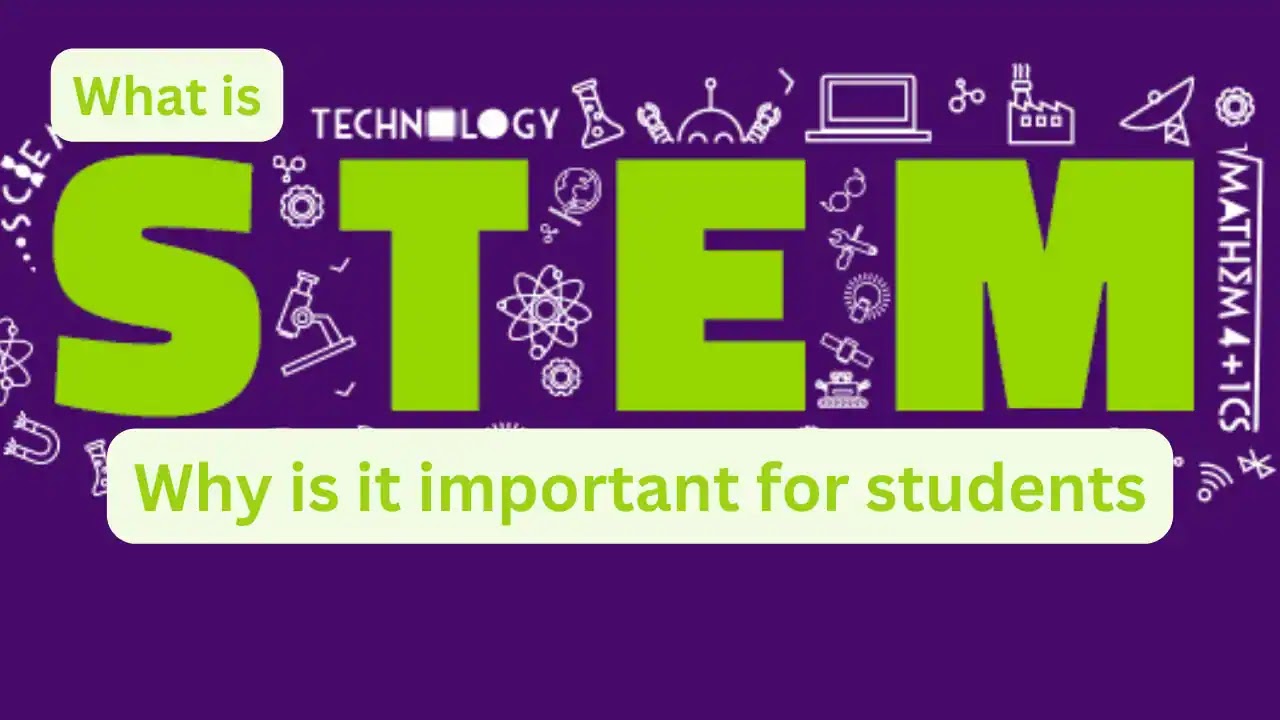What is STEM education:
STEM is an acronym that stands for Science, Technology, Engineering, and Mathematics. It represents a group of academic and professional disciplines that are closely related and play a crucial role in driving innovation, research, and technological advancements. STEM education aims to cultivate critical thinking, problem-solving, creativity, and innovation in students. It prepares them to tackle the challenges of the modern world, ranging from climate change to cybersecurity and medical breakthroughs. STEM professionals are in high demand globally, and they play a crucial role in shaping the future of societies and economies.In recent years, there has been a significant focus on promoting STEM education and careers, as countries recognize the importance of nurturing a skilled and competitive workforce capable of driving technological advancements and economic growth. As a result, STEM initiatives, programs, and scholarships have been implemented to encourage more students, especially girls and underrepresented groups, to pursue education and careers in these fields.
Science is the systematic study of the natural world through observation, experimentation, and the formulation of theories. It includes various branches such as biology, which focuses on living organisms; chemistry, which deals with the composition and properties of matter; physics, which explores the fundamental forces and interactions in the universe; and earth sciences, which study the planet's geology, climate, and natural processes. The discoveries and advancements in scientific research have led to a deeper understanding of our world and have practical applications in fields like medicine, agriculture, environmental protection, and technology development.
Technology:
Technology refers to the application of scientific knowledge to create tools, processes, and products that improve human life and enhance efficiency. It encompasses a broad range of areas, including data science information technology, telecommunications, computer, electronics, robotics, artificial intelligence, and more. Technological innovations have transformed industries and societies, leading to breakthroughs in communication, transportation, healthcare, entertainment, and countless other fields. Technology drives economic growth, fosters globalization, and revolutionizes the way we live and work.
Engineering:
Engineering is the discipline of designing and building practical solutions to real-world problems using scientific principles. Engineers apply their knowledge of mathematics and science to develop structures, machines, systems, and processes that serve specific needs and improve society. Engineers play a key role in shaping infrastructure, constructing buildings, designing transportation systems, developing renewable energy sources, and creating advanced technologies that drive progress and quality of life.
Mathematics:
Mathematics is the language of science and technology. It involves the study of numbers, quantities, shapes, structures, and patterns, and it provides a foundation for understanding and solving complex problems in various fields. Mathematics is essential for analyzing data, making predictions, modeling physical phenomena, optimizing processes, and developing algorithms in computer science and artificial intelligence. It forms the backbone of scientific research and engineering designs.






0 Comments